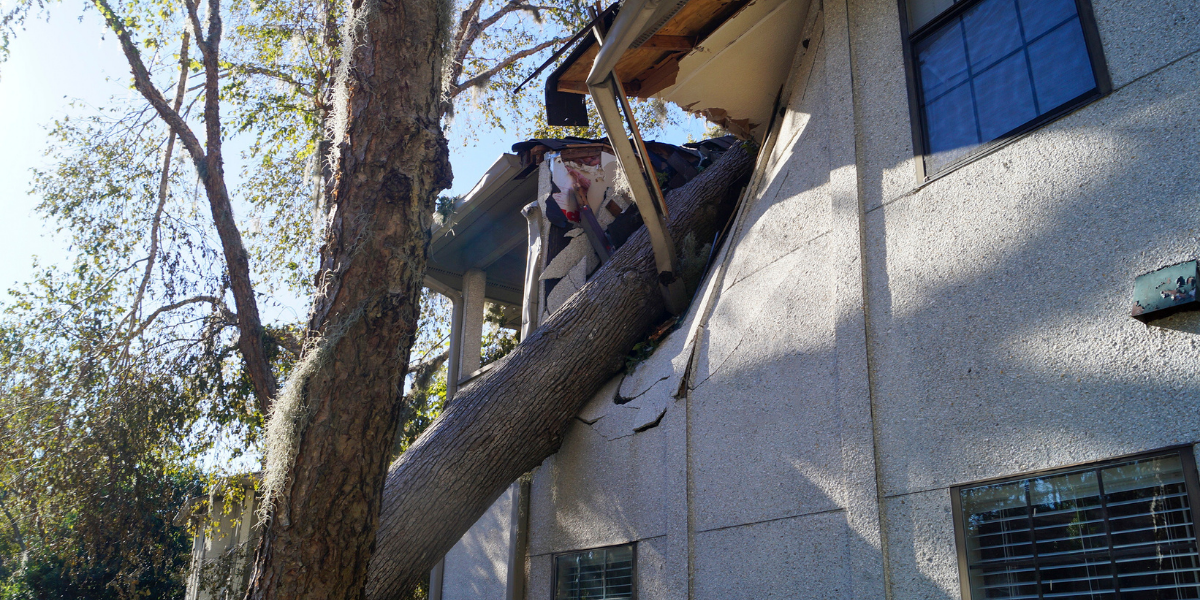
Property Damage in Florida: What Homeowners & Drivers Need to Know
June 12, 2025
Understanding Liability: From Negligence to Strict Liability
June 21, 2025
Workplace injuries are impacting millions of workers annually and leading to significant human and economic costs. Understanding the prevalence of these injuries, the mechanisms of workers’ compensation that aim to mitigate their impact, and specific legal protections, especially in challenging conditions like extreme heat, is crucial for both employees and employers.
The Risk and Reward of Workers’ Compensation Claims
Workers’ compensation is a type of insurance that covers lost wages and medical benefits if an employee is injured or falls ill as a result of their job. In exchange for compensation, employees who receive these benefit payouts legally relinquish their right to sue their employer for negligence. Jobs and industries with a higher risk of injury often have more workers’ compensation benefits available.
Workplace Injury Statistics
Workplace injuries are a serious concern in the U.S., with the U.S. Bureau of Labor Statistics reporting over 2.8 million injuries in 2018 alone. Among the most common types of injuries are sprains, strains, and tears, which accounted for 308,630 of these incidents. Slips, trips, and falls were also a major cause of harm, leading to 240,160 injuries and, tragically, 791 workplace deaths. Back injuries also frequently occurred, with 142,230 reported cases.
Beyond non-fatal injuries, workplace incidents can have deadly consequences. In 2018, there were 5,250 workplace deaths, with 453 of these attributed to homicide.
Certain industries consistently report higher numbers of injuries and illnesses:
- Health Care and Social Workers face the highest combined totals, with 544,800 injuries and 32,700 illnesses. This highlights the unique risks associated with caring for others, from patient handling to exposure to infectious diseases.
- The Retail sector reported 401,000 injuries and 8,800 illnesses. While perhaps less obvious than other sectors, retail workers can experience injuries from slips, falls, heavy lifting, and even workplace violence.
- Manufacturing facilities saw 395,300 injuries and a significant 35,000 illnesses. The use of machinery, exposure to chemicals, and repetitive tasks often contribute to these numbers.
- In Hospitality and Food Service, there were 271,000 injuries and 7,600 illnesses. Common issues here include burns, cuts, slips, and strains from fast-paced environments.
- The Transportation and Warehouse sector recorded 213,100 injuries and 8,300 illnesses. This industry often involves heavy equipment, long hours, and the constant movement of goods, leading to a variety of potential hazards.
- Police Officers reported 25,410 nonfatal injuries. These incidents reflect the unique and often dangerous responsibilities of law enforcement, including violent encounters, high-speed pursuits, and exposure to hazardous environments.
These figures underscore the importance of targeted safety measures and ongoing vigilance in these high-risk industries to protect workers and promote healthier work environments.
Beyond raw numbers, it’s also insightful to look at injury rates per 100 full-time workers, which provides a more standardized comparison across industries of different sizes. By this measure:
- The Agriculture and Fishing industry had the highest injury rate, at 5.3 injuries per 100 full-time workers. This reflects the inherent dangers of working with machinery, unpredictable environments, and often demanding physical labor.
- Transportation and Warehouse followed closely with a rate of 4.5 injuries per 100 full-time workers, further emphasizing the risks in this sector.
- Arts, Entertainment, and Recreation recorded a rate of 4.1 injuries per 100 full-time workers, pointing to potential hazards in performance, event setup, and various recreational activities.
- Health Care and Social Workers had a rate of 3.9 injuries per 100 full-time workers, reinforcing the need for continued safety protocols in this vital field.
- Police Officers had an injury rate of 3.7 per 100 full-time workers, underscoring the urgent need for continued safety training, protective equipment, and risk-reduction strategies to safeguard officers in the line of duty.
- Retail reported a rate of 3.5 injuries per 100 full-time workers, showing that even seemingly less hazardous environments can present significant risks.
These figures underscore the importance of targeted safety measures and ongoing vigilance in these high-risk industries to protect workers and promote healthier work environments.
Heat-Related Workplace Injuries
People in many regions experience hot and humid weather for much of the year, which can be especially challenging for those who work outdoors regularly. It’s important that outdoor workers prepping for a long summer understand the importance of staying hydrated and cool while they’re on the clock. It’s also critical that workers and their families educate themselves on the laws pertaining to working in extreme conditions and the rights they have if an injury or illness were to occur.
Who is at risk?
Workers who spend a large portion of their shift outside are at high risk for heat-related illness due to extreme heat. These professions include construction workers, landscapers, agricultural workers, baggage handlers, oil and gas industry workers and many others. According to OSHA, thousands of workers become sick from heat exposure each year. Some even die as a result.
To help determine when someone is at the highest risk for developing heat-related health problems, OSHA created the following heat index. This accounts for temperature and humidity in a single value to help workers understand when they need to take protective measures.

When “high” and “very high” levels of risk are reached, workers are in serious jeopardy of developing certain heat-related illnesses, especially when proper precautions aren’t taken. These illnesses include:
- Heat stroke
- Heat exhaustion
- Rhabdomyolysis
- Heat Syncope
- Heat Cramps
- Heat Rash
Symptoms of Heat Stress
It’s crucial that outdoor workers know how to recognize heat stress symptoms. Different conditions have varying symptoms, but in general, anyone experiencing dizziness, confusion, nausea, heat rash, muscle spasms, clammy skin, light-headedness, or an elevated body temperature should immediately rest and potentially seek medical attention to avoid further complications.
How to protect yourself
Drink plenty of water and take rest cycles as needed. Be sure to protect your body with the appropriate clothing, like light-colored, loose-fitting shirts and pants, sunscreen, eye protection, and a hat. Always remove heavy protective gear when resting, and avoid drinking ice-cold beverages or over-hydrating. OSHAА reports workers new to an outdoor job are at the highest risk, so acclimate yourself slowly.
Legal Protections Against Extreme Heat Injuries
Though there are no specific laws regarding working outdoors and what constitutes excessive heat, all workers have the right to a safe working environment under the Occupational Safety and Health (OSH) Act of 1970. The act establishes employer responsibilities and safety standards under federal law to ensure employees are safe and healthy on the job. OSHA also prevents employers from punishing or retaliating against employees who make official complaints.
You have the right to a safe workplace, and it’s your employer’s responsibility to ensure that’s possible. Your employer should be implementing the following heat stress prevention strategies:
- Allow workers to drink water at liberty
- Provide shaded rest or break areas
- Notify employees of hazards, such as excessive heat
- Train employees or inform them of how to minimize heat stress or illness
- Provide adequate safeguards and protective gear
What Happens When Provisions Aren’t Met
When employers aren’t providing an adequately safe workplace for their employees, they could potentially be held liable for any health problems or injuries that develop or occur as a result. An employee has the right to contact OSHA, file a complaint, and have their work conditions inspected. Employees also have the option to seek legal action against their employer and receive financial compensation.
Protecting Your Rights and Health in the Workplace
Workplace injuries, especially those stemming from preventable conditions like extreme heat exposure, can have devastating and lasting consequences. Whether you’re a construction worker, nurse, warehouse associate, or first responder, understanding your rights and your employer’s responsibilities is essential to maintaining both your physical safety and your financial well-being.
If you’ve suffered an injury on the job or believe your employer has failed to provide a safe work environment, don’t navigate the complex legal and compensation processes alone. Contact an experienced workplace injury attorney today to protect your rights, explore your legal options, and pursue the compensation you deserve. Your safety isn’t optional — it’s the law.

